Dr. Mohammad Davarzani, advisor to the Minister of Sports and Youth, emphasized the crucial role of sports during the Sacred Defense period in preparing fighters, providing specialized training, and maintaining social cohesion.
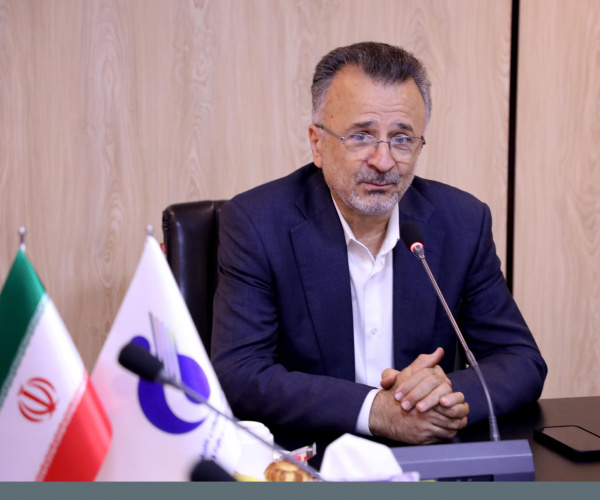
In a knowledge-enhancement session hosted by the Research Institute of Physical Education and Sports Sciences on September 30, 2025, Davarzani recalled the difficult conditions at the start of the imposed war in 1980, highlighting how diverse groups of people entered the battlefield without prior preparation but with a strong sense of responsibility.
He cited examples from key operational areas like Susangerd, Gilan-e-Gharb, Mehran, and Khorramshahr, underscoring the need for tailored training programs suited to geographical conditions.
Davarzani spoke about the formation of Basij and the Revolutionary Guards and the widespread involvement of athletes in the front lines. Over 5,000 athlete martyrs symbolized the national heroes’ commitment and sacrifice. Educational programs organized within the Revolutionary Guards began in early 1981, involving sending sports trainers to different fronts to teach specialized skills including rock climbing, mountaineering, river crossing, urban and mountain warfare preparedness.
He also noted the importance of swimming and lifesaving training for water operations, with winter training conducted in indoor pools under professional supervision. Training centers were established in Tehran, utilizing large sports facilities to organize and prepare fighters.
He stressed that beyond physical readiness, sports played a vital role in boosting morale, creating vitality, and fostering unity among units. Sporting events such as football and volleyball, along with traditional sports, effectively supported these goals.
The establishment of a “War and Sport Headquarters” facilitated coordination between ministries and related organizations.
Davarzani acknowledged cooperation with the Ministry of Science, the national broadcaster, university professors, and scientific institutes in compiling educational and training materials. Key figures such as Sadegh Aghajani and Mahmoud Shahik contributed significantly to training fighters.
He added that many physical education graduates played important roles in developing sports infrastructure in war-affected areas after the conflict.
In conclusion, Davarzani pointed to the remarkable growth of sports facilities since the revolution and emphasized that the Sacred Defense experiences have shaped the country’s sports managers, coaches, and systems. He called for continued remembrance of athlete martyrs and veterans to honor their legacy.

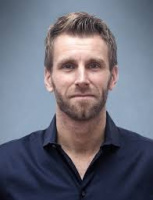
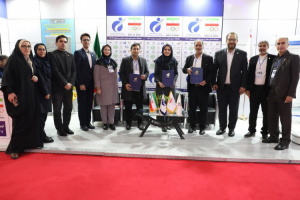
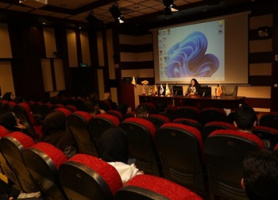
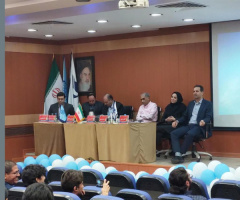
Your Comment :